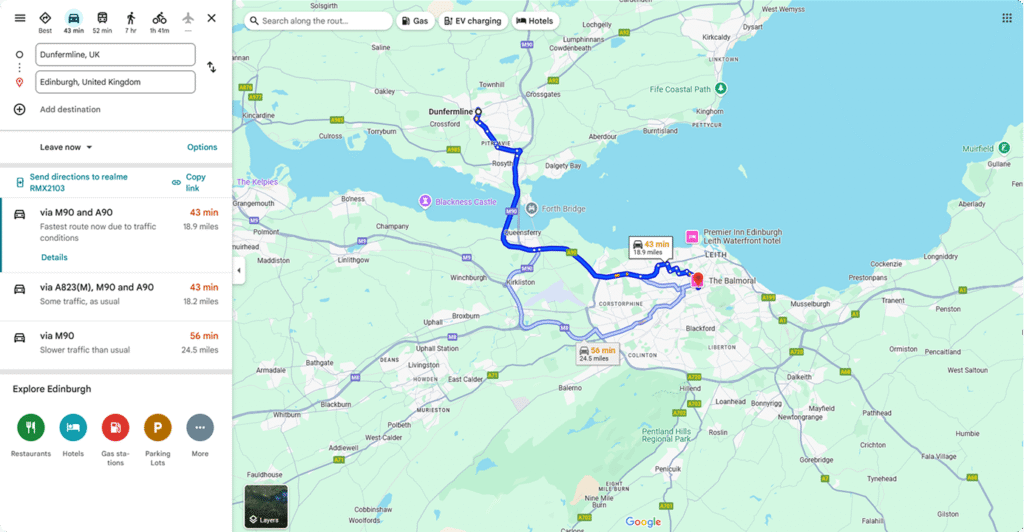Dunfermline
Andrew Carnegie (1835-1919)
Carnegie was born in Dunfermline, Scotland. He immigrated to what is now Pittsburgh, Pennsylvania, United States with his parents in 1848 at the age of 12. Carnegie started work in a cotton mill and later as a telegrapher. By the 1860s he had investments in railroads, railroad sleeping cars, bridges, and oil derricks. He accumulated further wealth as a bond salesman, raising money for American enterprise in Europe
Royal Lineage
King James IV ruled over a unified kingdom during the Renaissance, laying the groundwork for centuries of stability and cultural flowering.
One of his closest allies was John Stewart, Earl of Mar, a powerful noble who defended Scottish independence and expanded the Stewart legacy into every corner of the Scottish Highlands.
Did you know?
Over the centuries, at least four Stewarts carried the name John Stewart, Earl of Mar, making them one of the most enduring dynasties in British history.
Stained-Glass Arms
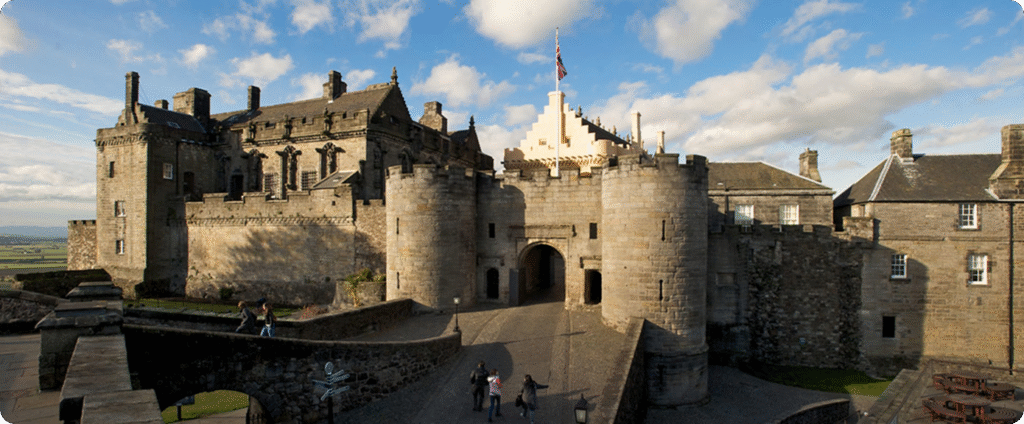
The Coat of Arms of the Duke of Ross, immortalized in stained glass at Stirling Castle.
Stirling is one of Scotland’s greatest stone castles – an icon integral to how we understand the nation’s story.
The castle peaked in importance in the 1500s, but its volcanic crag has been fortified since ancient times.
City Gallery: Dunfermline
Dunfermline has been called the cradle of Scottish royalty. From medieval abbeys to Carnegie’s legacy, it’s a city that has shaped innovation and enterprise for centuries.
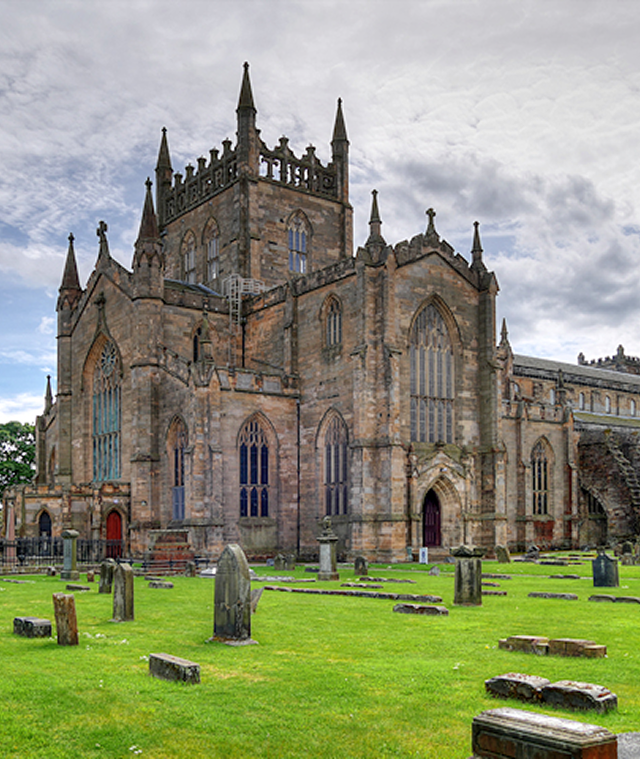
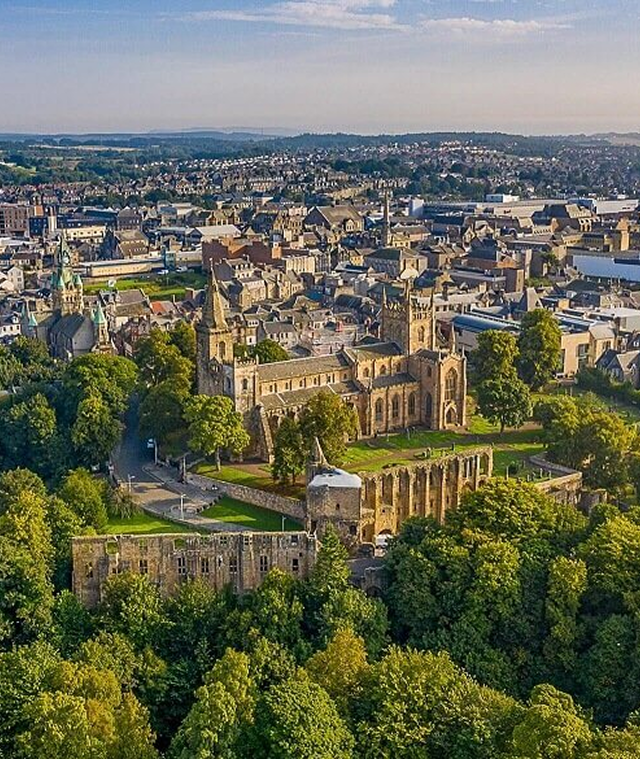
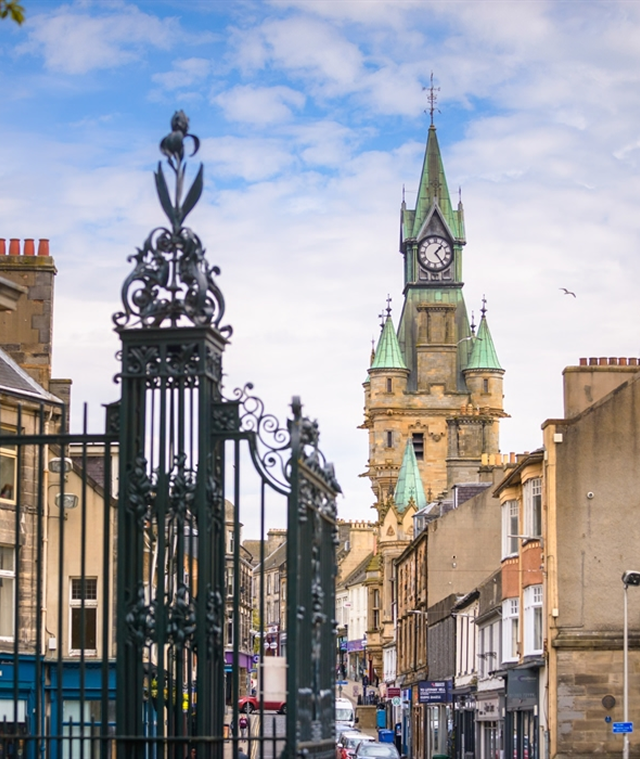
From Dunfermline to Edinburg
